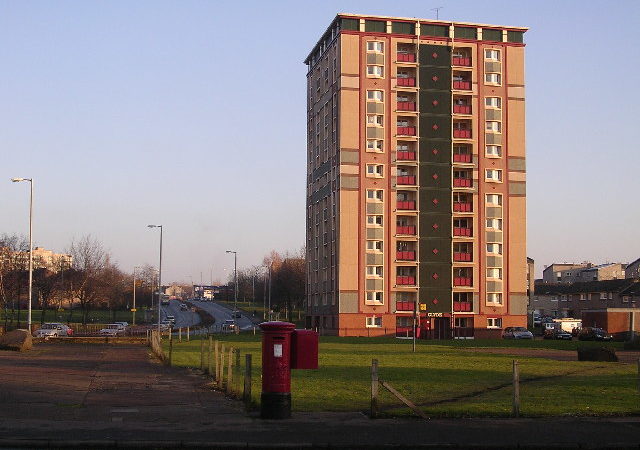“This is desperate stuff from a tired government, repackaging a plan from 2015.”

The announcement that Boris Johnson is planning to bring back Right to Buy has been labelled as a desperate bid to win votes from low-income households in traditional ‘red wall’ seats in the local elections.
A report in The Telegraph published just days before the polling stations opened, speaks of the PM’s plans to give “millions of people the right to buy the homes they rent from housing associations in a major shake-up inspired by Margaret Thatcher.”
According to the report, Johnson ordered officials to develop the plans “in the last fortnight” after becoming convinced the idea would help “generation rent.”
Under the proposal, around 2.5 million households in England which rent from housing associations would have the power to purchase their homes at a discounted price.
“It would be a new version of the famous Thatcher scheme that allowed families to buy properties from councils – one of the most well-known policies of her premiership.”
PM is ‘very excited’
The PM is exploring using money spend on housing benefit to contribute to the cost of mortgages, says the report. According to a government source, the PM has “got very excited about this.”
This is not the first time since Thatcher introduced the scheme in 1980 that Right to Buy has resurfaced. It was mooted by governments in 2005, and in 2015, when David Cameron announced plans to sell of housing association properties. However, progress to extend the Right to Buy to tenants of housing associations was slowed when Cameron was replaced by Theresa May.
The recent announcement that the controversial scheme could be back on the agenda has been disparaged, not only as a tactic to appeal to traditional Labour voters ahead of the local elections, but also as being an inadequate way help alleviate the nation’s housing crisis, with experts saying we need more social housing, not less.
Lisa Nandy, shadow housing secretary and Labour MP for Wigan, for referred to the proposal as “desperate stuff from a tired government, repackaging a plan from 2015.”
“Millions of families in the private rented sector with low savings and facing sky high-costs and rising bills, need far more ambitious plans to help them buy their own home.
“These proposals would worsen the shortage of affordable homes,” said Nandy.
‘Hare-brained idea’
Sharing similar concerns is Polly Neate, chief executive of Shelter, who said: “The hare-brained idea of extending Right to Buy to housing associations is the opposite of what the country needs. There could not be a worse time to sell off what remains of our last truly affordable social homes.
“Right to Buy has already torn a massive hole in our social housing stock as less than 5% of the homes sold off have ever been replaced. These half-baked plans have been tried before and they’ve failed.
“Over one million households are stuck on social housing waiting lists in England, and with every bill skyrocketing, the government should be building more social homes so we have more not less,” Neate continued.
In its evaluation of the policy, Inside Housing Magazine says cost is a leading challenge which is forecast to cost the Treasury £14.6bn over a decade, with approximately 223,843 homes being sold. This compares to the Affordable Homes Programme, which provides grant funding to contribute towards the cost of building affordable homes, which between 2021 – 26 is worth £11.6bn and intends to fund 180,000 homes.
Loss of social housing
Over recent decades, Right to Buy has contributed to a major decline in the number of social housing properties, with many ending up in the private rented sector. Since the policy was launched under Thatcher in the 1980s, some 1.7 million social housing homes have been sold to tenants through Right to Buy. A study by the Chartered Institute of Housing (CIH) in 2020 found that 40% of housing association homes sold to this way are now rented out privately.
It is therefore not surprising that one of the biggest concerns is the impact Right to Buy will have on the nation’s already diminishing social housing sector.
According to the housing charity Shelter, since the Covid-19 pandemic, the number of people on a waiting list for social housing has increased to over two million, and that only 5% of the social housing sold under the Right to Buy has been replaced.
With the spiralling cost of living putting more people on the “brink of homelessness than homeownership,” there would not be a “worse time to sell off what remains of our last truly affordable social homes,” warns Shelter’s Polly Neate.
Gabrielle Pickard-Whitehead is a contributing editor to Left Foot Forward
To reach hundreds of thousands of new readers we need to grow our donor base substantially.
That's why in 2024, we are seeking to generate 150 additional regular donors to support Left Foot Forward's work.
We still need another 117 people to donate to hit the target. You can help. Donate today.



